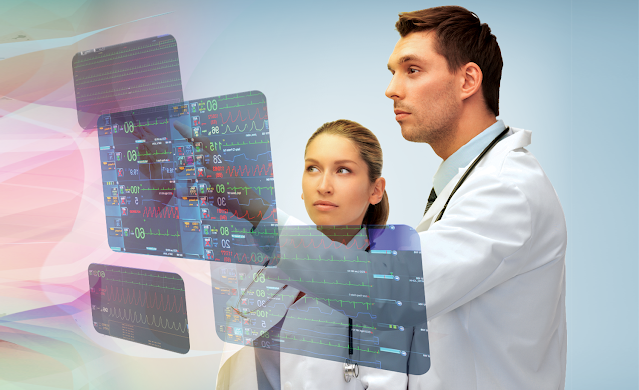Future of Remote Patient Monitoring in Medical Billing
Remote patient monitoring re(RPM) has the potential to revolutionize medical billing and healthcare delivery by enabling healthcare providers to monitor and manage patients' health remotely. The future of RPM medical billing is promising, as advances in technology and changes in healthcare policy continue to drive its adoption.
One key benefit of RPM is that it allows healthcare providers to monitor patients' health outside of traditional healthcare settings, such as hospitals and clinics. This can result in cost savings, as patients can avoid costly hospitalizations and emergency room visits. Additionally, RPM can help healthcare providers identify potential health issues early, allowing for timely interventions that can prevent more serious health problems.
In terms of medical billing, RPM billing can be billed using specific CPT codes for remote patient monitoring, such as 99457 and 99458. These codes allow healthcare providers to bill for the time spent reviewing and interpreting patient data and for the cost of the technology used for monitoring.
As RPM becomes more widely adopted, we may see changes in reimbursement policies and payment models that further incentivize its use. For example, payers may begin to offer higher reimbursement rates for RPM services, or providers may be able to participate in value-based care models that reward them for keeping patients healthy and out of the hospital.
Overall, the future of remote patient monitoring in medical billing is bright, as it has the potential to improve healthcare outcomes, reduce costs, and increase patient satisfaction. As technology continues to evolve and healthcare policy changes, we can expect to see even more advances in this area.




Comments
Post a Comment